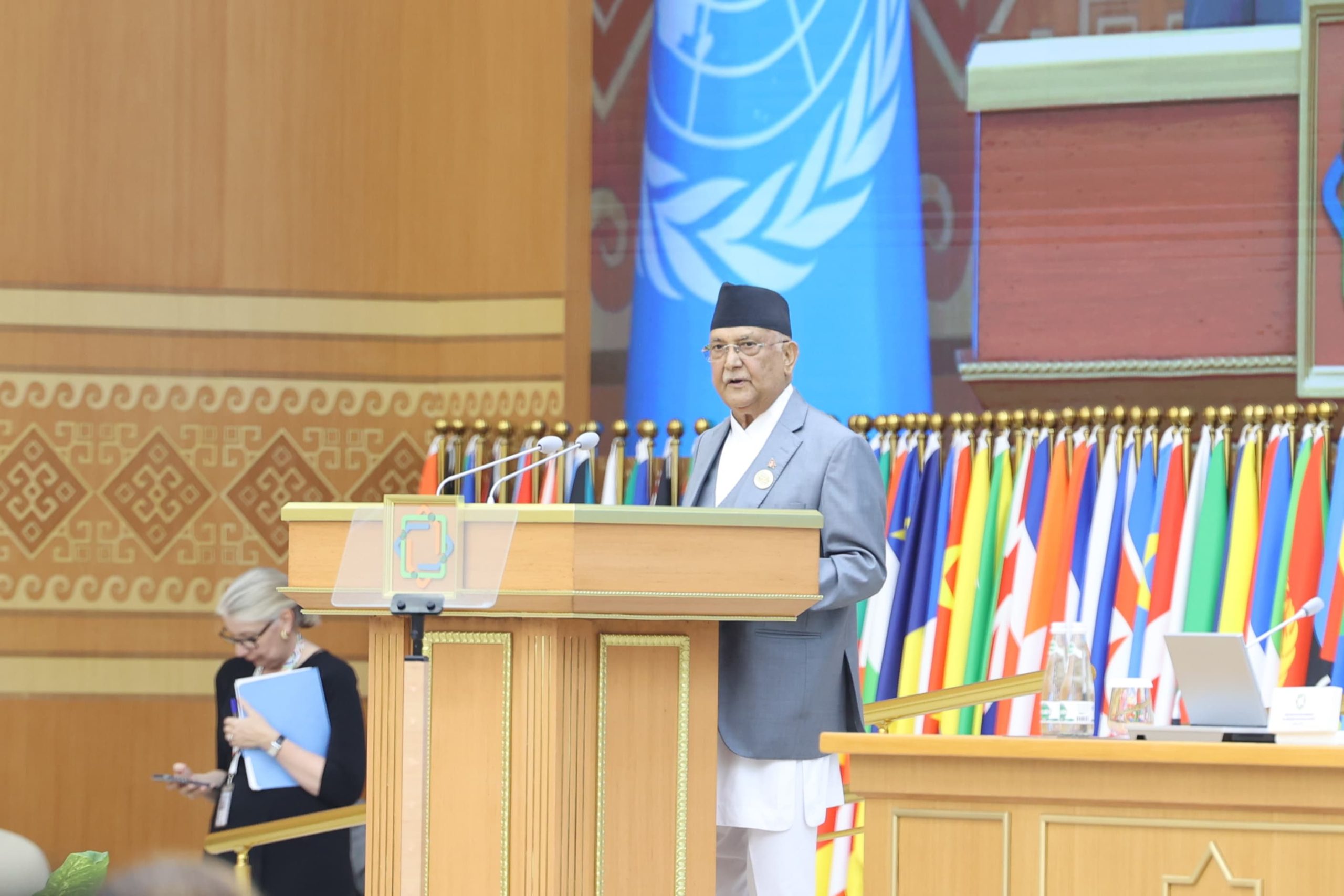
We live in an era of transformative progress, driven by technology, innovation, and interconnectivity. Yet, LLDCs continue to face persistent structural barriers: geographical isolation, dependency on transit countries, inadequate transport networks, and limited integration into regional and global markets.
These challenges are even more acute for half of the LLDCs that are also LDCs. Their very geography of “landlockedness” continues to hinder their development. Despite two decades of journey from the Almaty to the Vienna Programme of Action, LLDCs still grapple with infrastructure and connectivity deficits, high trade and transit costs, limited diversification and value addition, heavy reliance on primary commodity exports, low levels of private investment, and growing vulnerability to climate change and disasters. These barriers pose severe impediments to their economic growth and development.
LLDCs are not just defined by their inherent geographical constraints — they are also defined by their potential. These countries are rich in untapped natural endowments, offering many investment opportunities. They are home to youthful and innovative populations. They are increasingly engaging in the digital economy. This is the moment to unlock that potential.
The Awaza Programme of Action offers a renewed opportunity to address these long-standing bottlenecks and seize new pathways toward inclusive and resilient growth. But we must be clear: ambition without action will not suffice.
We need stronger political will, a renewed and strengthened global partnership that leaves no country behind, and coordinated actions at all levels. I firmly believe that, with the right policies, strong solidarity, and sustained support, LLDCs can transition: from landlocked to land-linked, from transit-dependent to trade-competitive, and from climate-vulnerable to climate-resilient countries.
Science, technology, and innovation — especially digital technologies — hold immense promise to overcome the physical limitations of LLDCs. This Conference is a call for collective resolve.
The Awaza PoA outlines five clear priorities under the theme of “Driving Progress through Partnership”: structural transformation and STI; trade facilitation and regional integration; transit, transport, and connectivity; climate resilience and adaptation; and means of implementation.
It is a pathway to equity, inclusion, and shared opportunity. To turn isolation into integration, and potential into prosperity, we must invest in smart, sustainable, and climate-resilient infrastructure; deepen regional and subregional cooperation; harness the opportunities offered by technology to advance and accelerate development; and drive progress through inclusive global partnerships with shared responsibility.
Let us reaffirm our commitment to convert the Awaza Programme of Action into tangible and measurable progress for more than 570 million people who live in Landlocked Developing Countries.
Now, allow me to speak in my national capacity.
Nepal welcomes the Awaza Programme of Action as a visionary and actionable blueprint for the decade ahead. Its priorities strongly resonate with Nepal’s national goals, including our aspiration of a “Prosperous Nepal, Happy Nepali.” As a landlocked LDC graduating next year, Nepal continues to face high transport costs, limited regional integration, and inadequate infrastructure. Our vision is to transform Nepal from a landlocked to a land-linked country.
We are investing in expanding highways and railways, cross-border trade routes, digital corridors, and green energy partnerships. We are working closely with our neighbours, India and China, to enhance connectivity and integration across multiple domains. We are also committed to aligning our efforts with regional and international initiatives to ensure that LLDC-specific vulnerabilities are addressed in broader development frameworks.
Let me conclude by reaffirming a shared conviction: geography must no longer determine destiny. With strengthened partnerships, smart investments, and unwavering collective will, we can overcome the limitations of landlockedness and ensure economic prosperity for our people.
Nepal firmly believes that regional solidarity and global cooperation are vital to bridging the development divide. We are confident that, with the continued support of our neighbours — India and China — and the broader international community, we can transform the barriers of “landlockedness” into gateways of opportunity.
As a committed member of the LLDC family, Nepal stands ready to work with all of you — not only as a beneficiary of change, but also as a partner in shaping it. Let us join hands to drive progress through partnership for a future interlocked by connectivity, powered by innovation, and defined by resilience, inclusion, and shared prosperity.
(This article is an edited version of the statement delivered by the Prime Minister of Nepal, K. P. Sharma Oli, at the Third United Nations Conference on Landlocked Developing Countries, held in Awaza, Turkmenistan, on 5 August 2025.)